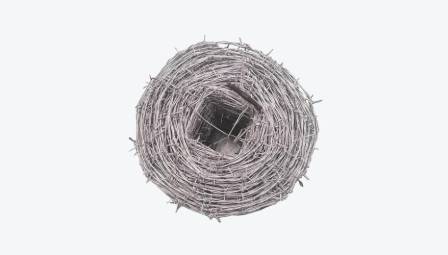Essential Guide to Choosing Corrugated Roofing Nails for Your Projects
Aug . 17, 2024 09:10
Understanding Corrugated Roofing Nails A Comprehensive Guide
When it comes to roofing, especially with corrugated materials, the importance of using the correct nails cannot be overemphasized. Corrugated roofing has become a popular choice among homeowners and builders alike due to its durability, lightweight nature, and cost-effectiveness. However, the right fasteners are crucial for ensuring that this roofing remains securely in place, withstands the elements, and provides long-lasting protection for your home or building.
What Are Corrugated Roofing Nails?
Corrugated roofing nails are specially designed fasteners used to attach corrugated metal, plastic, or fiberglass panels to a structure. Unlike standard nails, these fasteners often feature a larger, flat head and a thicker shank to provide a more secure hold and to distribute the weight and stress on the roofing material more evenly. This is particularly important with corrugated panels, which can flex and shift over time.
Characteristics of Quality Corrugated Roofing Nails
1. Material Most corrugated roofing nails are made of galvanized steel, which provides excellent resistance to rust and corrosion. This is essential, as roofs are constantly exposed to moisture, rain, and varying temperatures. Some nails may also be made from stainless steel for superior longevity and performance.
2. Length The length of roofing nails is critical as it must be adequate to penetrate through the thickness of the corrugated panels and into the underlying roof structure. Generally, nails should be at least 1.5 to 2 inches long, depending on the thickness of both the roofing material and the substrate.
3. Head Design The large, flat head of corrugated roofing nails helps to prevent the nail from pulling through the panel as well as distributing pressure evenly. Some nails may come with specialized heads to enhance their water-shedding capabilities.
corrugated roofing nails

4. Coating In addition to galvanization, some roofing nails have additional coatings that enhance their corrosion resistance and provide extra grip within the roofing material.
Installation Tips for Corrugated Roofing Nails
1. Spacing When installing corrugated roofing, spacing your nails correctly is essential. Typically, nails should be placed at intervals of about 12 inches along the ridges and valleys of the panels. This spacing ensures adequate support without compromising the integrity of the roof.
2. Angle of Installation When driving in nails, they should be angled downwards to ensure a tight seal against moisture. A horizontal or upward angle could lead to water pooling around the fasteners, leading to rust and leaks.
3. Pre-drilling In some cases, especially with thicker roofing materials, pre-drilling holes can help reduce the risk of splitting and ensure a precise fit for your nails.
4. Using the Right Tools A pneumatic nail gun can speed up the installation process significantly. However, it is crucial to adjust the pressure to avoid driving the nails too deep, which could compromise the performance of the roofing system.
Conclusion
In summary, the choice of corrugated roofing nails plays a crucial role in the overall success and longevity of a roofing project. By selecting high-quality nails made of durable materials, understanding their proper installation, and adhering to best practices, homeowners and builders can ensure that their corrugated roofs remain secure, functional, and visually appealing for years to come. With the right knowledge and tools, roofing projects can be approached with confidence, knowing that every detail, down to the fasteners, has been carefully considered.




















